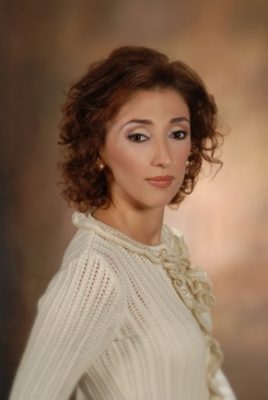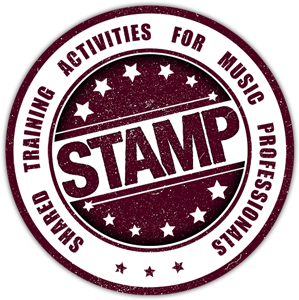Model and activities for working with disadvantaged youth
By Dr. Avra Pieridou Skoutella
Multiculturalism and interculturalism in music education proposed in this chapter goes beyond the issues of migration and the ethnic rigid conceptions of difference in musically educating the youth. It surpasses the narrow definitions of interculturality based on ethnic and national divisions and rigid conceptions of imagined purity and authenticity, and goes deeper in order to connect the self to heterogeneity, creativity, cultural continuities, and transformations. An important principle of interculturalism is that of difference, including differences between people and generations, between youth and adults as one enters the world of the other, between each person’s personal, idiosyncratic, social, cultural and unique biography, and environmental particularities and past histories.
The discussion points to the importance for social inclusion and participation in the musical experience collectively for the development of workable musical identities. It also points to the concept of musical youth as poly-musical, multicultural and intercultural that celebrates human diversity and social inclusivity. Therefore, this chapter advocates for a multicultural and intercultural approach based on musical meaning theorisation, uses and functions of music and musical identities. Finally, it presents the structure and aims of a course and the quality of a creative and companionate trainer/educator based on these issues.
Synopsis: The Intercultural understanding-learning continuum is organised into four interrelated organising elements accepting equitable cultural diversity and plurality, diversification:
1. Recognising ‘self’ and ‘other’ culture and developing respect.
2. Interacting and empathising with ‘my’ and ‘yours’, ‘near’ and ‘distant’ sounds and socio-musical practices.
3. Creating intercultural experiences and taking responsibility.
4. Continuous testing and exploring self and other, creating and recreating musical meaning, contrast and sameness, personal and collective local musical identities in heterogeneous, poly-glossic, multicultural modes and contexts of practice.
Fundamental concepts of interculturality in music education are:
(a) music-in-human culture,
(b) music-as-sound culture (musical structures, rules and processes),
(c) adult initiated musical practices and products,
(d) youth-initiated musical practices and products.
Our aim is to break out of limited worlds of culturally defined subjectivities and promote imaginative criticism with strategies of flow and mimesis; by enabling educators and youth to first understand and learn the musical cultures of their country and their nation, community and region away from ideological dilemmas, historical conflicts, allow access to learn and to comparatively understand and appreciate their neighbours’ music on equal terms. In conjunction with other educational measures, the use of music can contribute to bringing people together, to enhancing mutual appreciation, and to reduce discrimination.
Therefore our aims include:
– Encourage encounters between different cultural elements, close in the school or distant from youth localised lives through planned musical activities.
– Facilitate socialisation, integration and adaptation processes for youth.
– Allow youth to enjoy the company of classmates regardless of their background culture.
– Help develop youth’s empathy from multiple cultural perspectives.
– Give students the opportunity of learning songs from their own and other cultural backgrounds.
– Allow youth to appreciate songs from other cultures and benefit from multicultural elements present in the school.
– Encourage the sharing of knowledge and encourage familiarity between classmates of the same and different cultures through learning activities.
– Improve respect, tolerance, self-esteem and inspire friendship between classmates through musical activities.
– Reduce conflict between students in the school.
– Encourage equality towards all cultures existing in the school.
– Initiate students to a culture of peace through musical activities.
Strategies based on the importance of musical identities, flow and the intercultural framework combined with creative approaches with creative writing and drawing will be offered.


